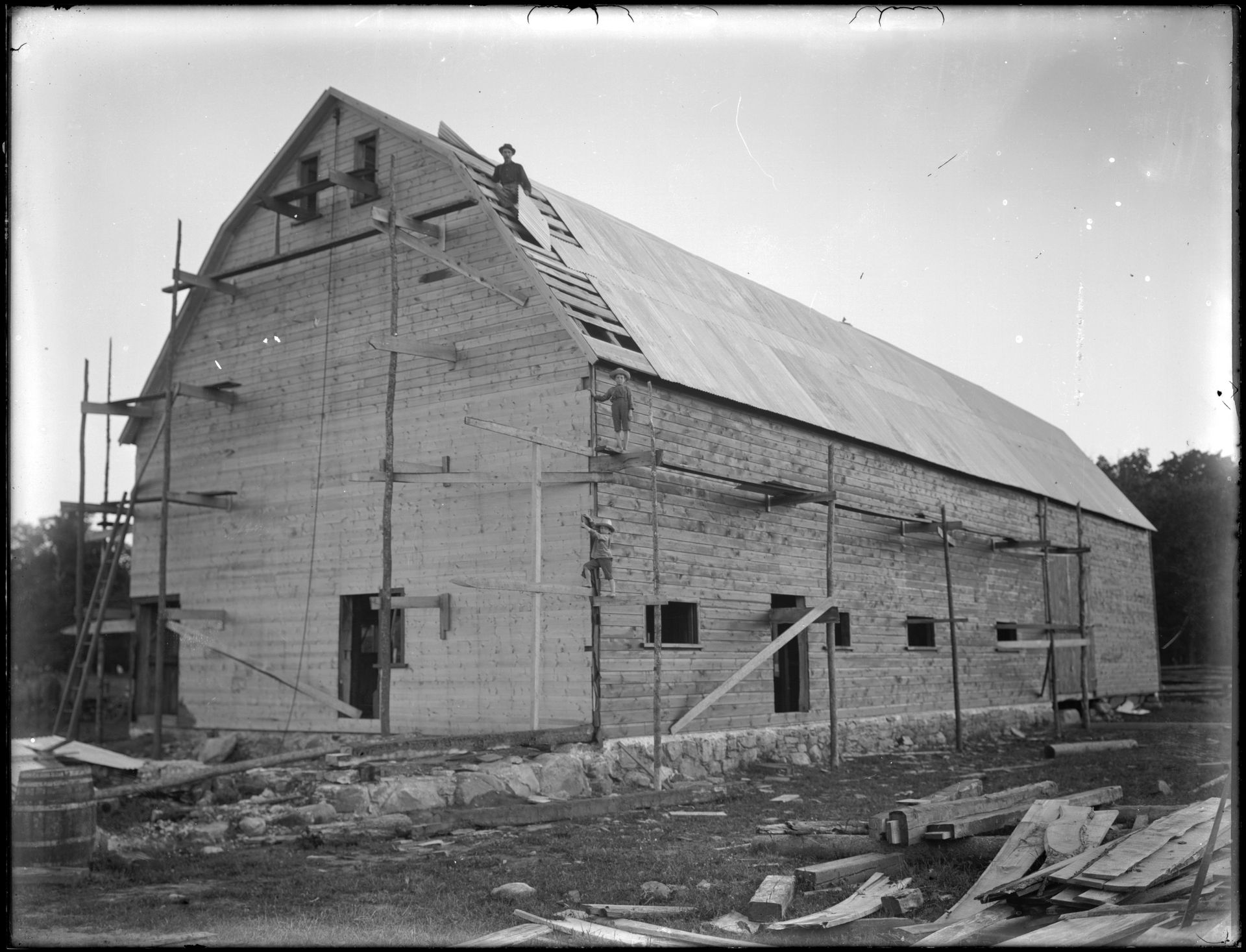Heritage-Inspired Architecture: What You’re Missing Out On
Heritage-inspired Architecture you should know

Have you ever walked past a building and felt a connection to a different time? That feeling is the magic of heritage-inspired architecture. It’s more than just an old-fashioned look; it’s a way of building that celebrates history, culture, and timeless design. This style bridges the gap between our past and present, creating spaces that feel both meaningful and modern.
We believe great design tells a story. Heritage-inspired architecture allows us to tell stories that span generations.
In this post, we'll explore what this architectural style is, why it matters so much, and how it continues to shape the world around us. You'll see how classic ideas can create beautiful, lasting buildings today.
What is Heritage-Inspired Architecture?
Heritage-inspired architecture uses historical styles, materials, and building methods to create new structures. It’s not about copying the past exactly. Instead, it’s about capturing the spirit and character of historical designs and adapting them for modern life. Think of a new home with the sturdy timber frames of a classic barn or a modern office building with the elegant brickwork of a Victorian factory.
This approach honors the craftsmanship and traditions that have been passed down through the years. It creates a rich, layered look that feels authentic and connected to its surroundings. The result is a structure that feels both new and familiar, combining the best of old-world charm with today's needs.
Why This Design Matters
Choosing a heritage-inspired design is about more than just looks. This architectural style offers deep and lasting benefits that go beyond the surface. It connects us to our roots, offers sustainable solutions, and creates spaces with enduring appeal.
A Strong Cultural Connection
Buildings are powerful storytellers. Heritage-inspired designs are a direct link to our history and culture. They reflect the values, art, and daily life of the people who came before us. For example, the graceful arches of Roman aqueducts or the detailed woodwork in Japanese temples are more than just design choices; they are expressions of a culture's identity.
When we build with these influences in mind, we create a sense of place and belonging. These structures become landmarks that foster community pride and help us remember where we came from. This cultural connection adds a layer of meaning that you can't get from a fleeting trend.
Beauty That Lasts
Architectural trends come and go, but the principles of good design are forever. Heritage-inspired architecture is built on these timeless principles, like balance, proportion, and attention to detail. These are the qualities that make buildings from centuries ago still feel beautiful and impressive today.
By focusing on these classic elements, you create a space that won't feel dated in a few years. This timeless design is a smart investment, ensuring your property remains valuable and admired for decades to come. It’s a commitment to quality and enduring style.
Sustainable Architecture
Looking to the past can help us build a greener future. Many traditional building methods were naturally sustainable because they used local materials and were designed to work with the climate. Builders made the most of what they had, resulting in structures that were both efficient and long-lasting.
Today, we can apply these lessons to modern construction. Using reclaimed wood, locally sourced stone, or designing for natural ventilation are all examples of sustainable architecture inspired by heritage practices.
Furthermore, adapting and reusing old buildings, a process called adaptive reuse, is one of the most sustainable things we can do. It saves a historic structure from demolition and reduces the carbon footprint of new construction.
Heritage Architecture in the Modern World
Today's architects are finding exciting ways to mix heritage elements with contemporary design. This isn't about creating museum pieces; it's about building functional, forward-thinking spaces that honor their roots. The possibilities are truly inspiring.
You might see a historic brick facade preserved on the outside of a building that has a sleek, modern interior. Or a new home might use traditional craft techniques, like custom joinery or stonework, to add character and warmth to a minimalist design.
This blend of old and new creates a dynamic feel, where the past and present enhance each other. It proves that we don't have to choose between history and progress; we can have both.
Famous Examples
History is filled with incredible structures that continue to inspire architects and designers. These buildings showcase the power of innovative engineering and timeless design.
- The Parthenon, Greece: An icon of classical architecture, this ancient temple is celebrated for its perfect proportions and elegant Doric columns. It remains a benchmark for beauty and harmony in design.
- The Great Wall of China: This massive structure is a testament to human determination and ancient engineering. It demonstrates how to build in harmony with the natural landscape on a monumental scale.
- Chhatrapati Shivaji Maharaj Terminus, India: This railway station is a stunning mix of Victorian Gothic Revival style and traditional Indian architecture. Its elaborate details and grand scale create a truly unique and functional public space.
Bring Timeless Design to Your Project
Heritage-inspired architecture does more than just look back; it helps us move forward with a greater sense of purpose and beauty. By weaving elements of the past into our modern world, we create spaces that are full of character, culture, and meaning. These are the places that feel like home and stand the test of time.
If you are inspired by the beauty and depth of heritage design, we can help you bring that vision to life. At Bay and Bent, our expertise lies in blending traditional craftsmanship with modern innovation. We create unique spaces that are both beautiful and perfectly suited to your needs.
Explore our work to see how we combine the best of the past and present, and let's start a conversation about your next project.









